Time and again, it has been proved that all it requires is a simple formula to unlock some of the biggest secrets of the world!
This planet gave rise to genius mathematicians and physicists in the past and their interpretations of the Vedic and Eastern-Spiritual power into real implementations have made our life easier by giving us several elements like electricity which we cannot do without now.
Here, we take a look at seven such equations from history that have revolutionized how we look at everything from tiny particles to the vast cosmos.
Pythagorean theorem

One of the first major trigonometric rules that people learn in school is the relationship between the sides of a right triangle: the length of each of the two shorter sides squared and added together equals the length of the longest side squared. This is usually written as p^2 + b^2 = h^2, and it has been known for at least 3,700 years, since the time of the ancient Babylonians.
The Greek mathematician Pythagoras is credited with writing down the version of the equation used today, according to the University of St. Andrews in Scotland. Along with finding use in construction, navigation, mapmaking and other important processes, the Pythagorean theorem helped expand the very concept of numbers. In the fifth century B.C., the mathematician Hippasus of Metapontum noticed that an isosceles right triangle whose two base sides are 1 unit in length will have a hypotenuse that is the square root of 2, which is an irrational number. (Until that point, no one in recorded history had come across such numbers.) For his discovery, Hippasus is said to have been cast into the sea, because the followers of Pythagoras (including Hippasus) were so disturbed by the possibility of numbers that went on forever after a decimal point without repeating, according to an article from the University of Cambridge.
F = ma and the law of gravity
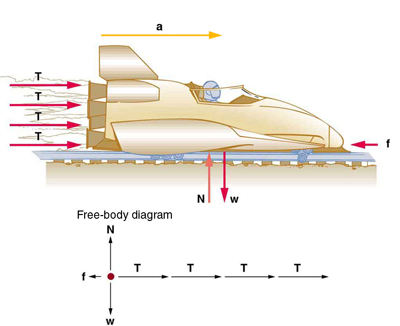
You’ve probably heard this story before: One day, Isaac Newton was sitting under an apple tree, when one of the apples fell from the tree and hit him on the head. This fortunate event was what led Newton to discover gravity, and the rest is history.
British luminary Sir Isaac Newton is credited with a large number of world-shattering findings. Among them is his second law of motion, which states that force is equal to the mass of an object times its acceleration, usually written as F = ma. An extension of this law, combined with Newton’s other observations, led him, in 1687, to describe what is now called his law of universal gravitation. It is usually written as F = G (m1 * m2) / r^2, where m1 and m2 are the masses of two objects and r is the distance between them. G is a fundamental constant whose value has to be discovered through experimentation.
These concepts have been used to understand many physical systems since, including the motion of planets in the solar system and the means to travel between them using rockets.
The wave equation
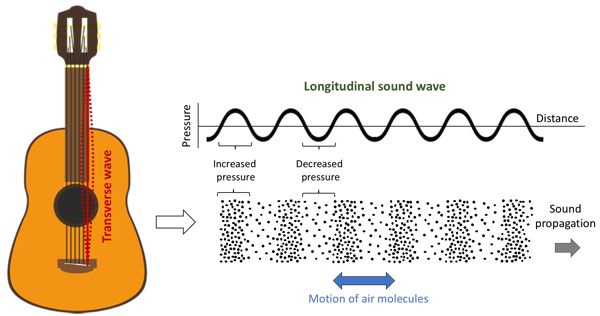
Using Newton’s relatively new laws, 18th-century scientists began analyzing everything around them. In 1743, French polymath Jean-Baptiste le Rond d’Alembert derived an equation describing the vibrations of an oscillating string or the movement of a wave, according to a paper published in 2020 in the journal Advances in Historical Studies. The equation can be written as follows:
1/v^2 * ∂^2y/∂t^2= ∂^2y/∂x^2
In this equation, v is the velocity of a wave, and the other parts describe the displacement of the wave in one direction. Extended to two or more dimensions, the wave equation allows researchers to predict the movement of water, seismic and sound waves and is the basis for things like the Schrödinger equation of quantum physics, which underpins many modern computer-based gadgets.
Fourier’s equations
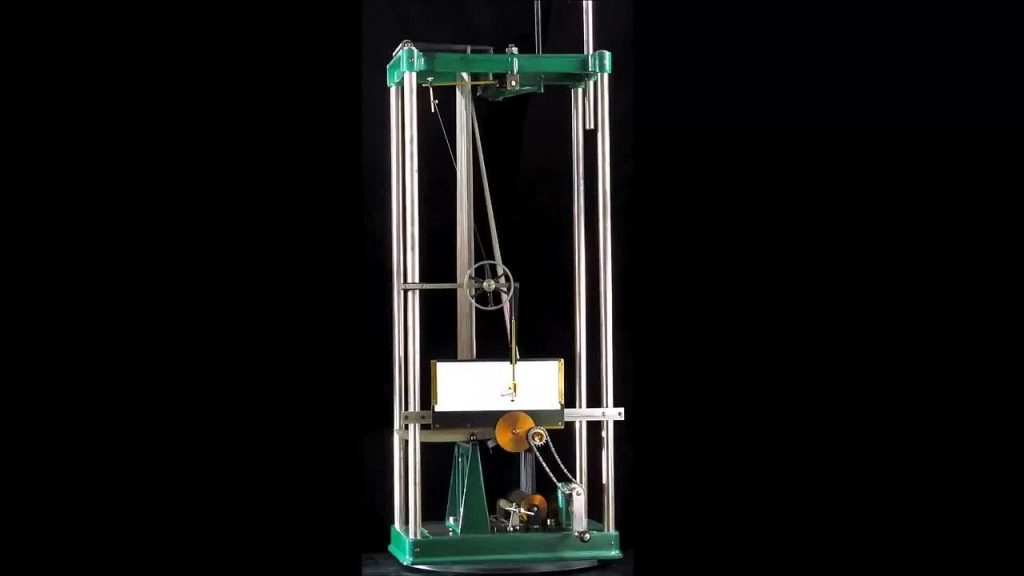
Even if you haven’t heard of the French baron Jean-Baptiste Joseph Fourier, his work has affected your life. That’s because the mathematical equations he wrote down in 1822 have allowed researchers to break down complex and messy data into combinations of simple waves that are much easier to analyze. The Fourier transform, as it’s known, was a radical notion in its time, with many scientists refusing to believe that intricate systems could be reduced to such elegant simplicity, according to an article in Yale Scientific. But Fourier transforms are the workhorses in many modern fields of science, including data processing, image analysis, optics, communication, astronomy and engineering.
Maxwell’s equations

Electricity and magnetism were still new concepts in the 1800s, when scholars investigated how to capture and harness these strange forces. Scottish scientist James Clerk Maxwell greatly boosted our understanding of both phenomena in 1864, when he published a list of 20 equations describing how electricity and magnetism functioned and were interrelated. Later honed to four, Maxwell’s equations are now taught to first-year physics students in college and provide a basis for everything electronic in our modern technological world.
E = mc^2
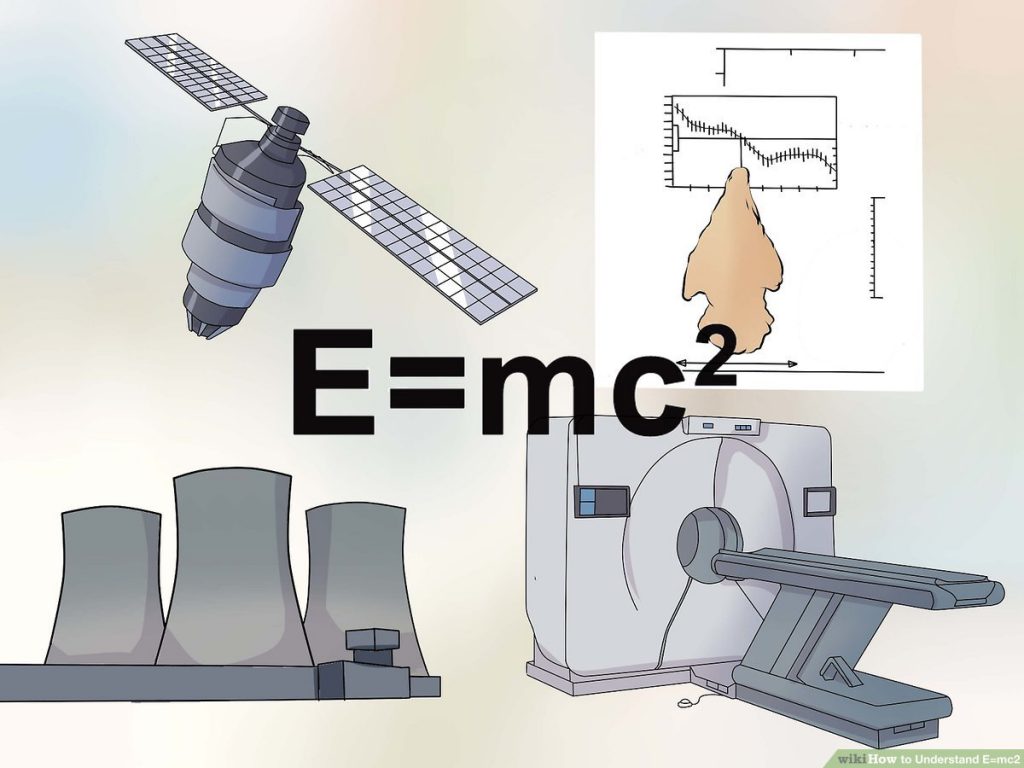
No list of transformational equations could be complete without the most famous equation of all. First stated by Albert Einstein in 1905 as part of his groundbreaking theory of special relativity, E = mc^2 showed that matter and energy were two aspects of one thing. In the equation, E stands for energy, m represents mass and c is the constant speed of light. The notions contained within such a simple statement are still hard for many people to wrap their minds around, but without E = mc^2, we wouldn’t understand how stars or the universe worked or know to build gigantic particle accelerators like the Large Hadron Collider to probe the nature of the subatomic world.
Second Law of Thermodynamics
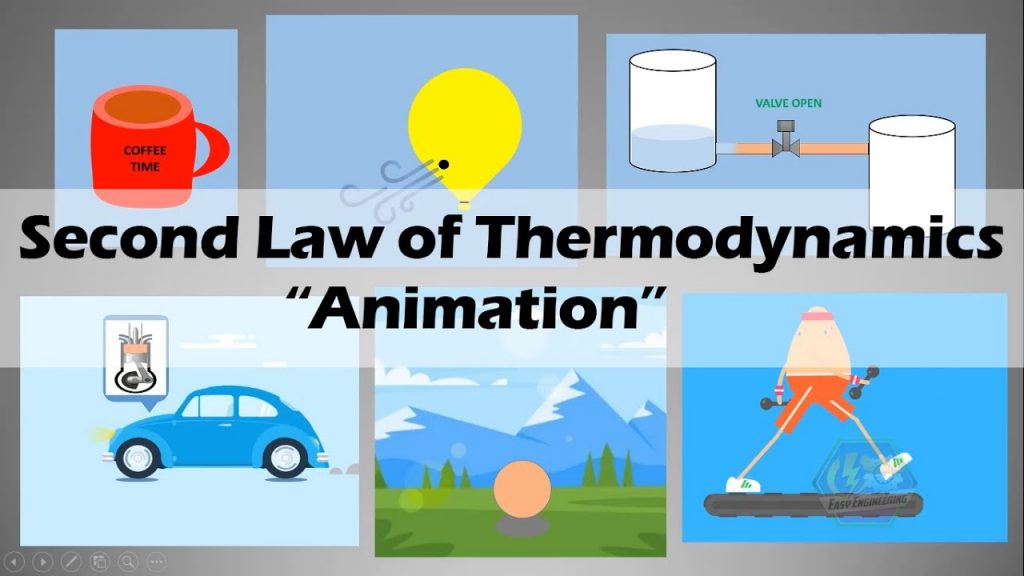
This law was proposed by Rudolf Clausius in 1850. It states that the energy always flows from high concentration to low concentration. Also, when the energy transfers or moves, it becomes less useful as it keeps losing energy on the way. This discovery led to the inventions like electricity, combustion engines later.

